An Inclusive History Curriculum Doesn’t Divide the States. It Unites Them.
January 5, 2022
In today’s political climate, chances are you’ve heard of Critical Race Theory. But most conservatives and liberals alike cannot correctly define CRT. CRT teaches about the systems in America that are rooted in racism and white supremacy. CRT is not liberal indoctrination that is teaching kids to hate America. In fact, Critical Race Theory is not taught in high schools at all. An article by Reuters on September 21 elaborates that CRT is most often taught only in law school settings. It is also not a new curriculum, as its origins date back to the 1970s.
Opponents of Critical Race Theory try to argue that it is fundamentally communist in nature, anti-white, and anti-American. The “communist” straw man is one commonly used in conservative rhetoric, and often has no basis in reality. Being critical of capitalism’s effect on race relations does not equate to being a communist. It is not anti-American to address atrocities America has committed. In fact, it is irresponsible to ignore them. If you ignore history, you are bound to repeat it.
Many often confuse patriotism with nationalism. The original patriots were people who strived to constantly make America a better place. Nationalism, not patriotism, is blind loyalty toward your country while ignoring the negative aspects. CRT is patriotic in the sense that it brings attention to flaws in American society and seeks to right these wrongs in order to form a more perfect union. In Germany, teaching about the Holocaust is not seen as anti-German. In fact, the goal of doing this is to prevent it from happening again.
A more modernized history curriculum is also not anti-white. Adding minority achievements from history does not take away from white ones, however it does put them under scrutiny. It is important to teach that not everyone is perfect. Although Thomas Jefferson laid down the work for large- scale democracy, he did own 600 slaves in his lifetime. This is not to cancel Jefferson, but to show the flaws in historical figures.
CRT also does not aim to make white students feel bad for the actions of their ancestors. However, if the result does cause white students to think critically about the role of white people in oppression, this is a good thing. It may just be the first step for future generations to right the wrongs of past generations. I find it ironic how the “facts don’t care about your feelings” crowd is more worried about white people’s feelings than people of color’s continued oppression.
Although CRT is not and never was taught in high schools, some districts have adopted a more inclusive history curriculum- something that is one of the biggest points of contention in the CRT debate. Daniel Allen, SRHS AP US History teacher, is one teacher who values the importance of an inclusive curriculum. He said, “The notion that Critical Race Theory is taught in high school history classes is laughable.” He went on to specify that although some high schools are teaching a more inclusive approach to teaching history, it has never gone as in-depth as CRT. He also spoke about the portrayal of CRT in the media, saying, “On the one hand, you have conservative media turning CRT into a boogeyman that will make people hate America. On the other hand, you have liberal media talking about it as a savior that will save the soul of America. Both are inaccurate.”
AP Euro and World History teacher Matthew Winton had a slightly different point of view. He stated his belief that elements of CRT are in fact taught here at SRHS. However, he maintains that the entire scope of the graduate-level curriculum is far from what students are taught here. “The history department has always worked hard to teach an inclusive curriculum to the students that go here,” Winton said.
Some people may equate the new Ethnic Studies class coming to SRHS with CRT, but Allen continues to differentiate them. While CRT links mainstream American systems to white supremacy, Ethnic Studies is privileging the perspectives of groups of people who have previously been silenced. There is nothing anti-American about teaching real history. If anything, it is what America should be. Stacey Farrell, the main creator of the Ethnic Studies program, stated, “Both Critical Race Theory and Ethnic Studies talk about race. That is where the similarities end.”
A flaw in both sides’ narrative of CRT is that they ignore input from students, the people who are actually affected by decisions about education. I myself was taught a full version of American history in 11th Grade that mixed the traditional approach with achievements from all groups that are often ignored. I learned the diverse history of white people, black people, women, Jewish people, LGBT people, Asian Americans, and many more. As a high school student, I can confidently say that I did not hate my country or my race after this, despite being more aware of the ugly parts of its history.
SRHS senior Ava Shawn said, “Schools should not refuse to teach something important because it makes people feel bad.” SRHS senior Kyra Allen added, “Critical Race Theory is misconstrued and it’s really people’s prejudice, and inability to change and accept, that is dividing this country.” Students are often left unheard in debates over education issues, and CRT may be less of a debate if their opinions are valued as they should be.
Many Americans have praised the idea of the “American Dream.” The “American Dream” refers to the ability of any race, gender, or sexuality to theoretically find success in America. Despite this, the demographics of American history curriculum have long been skewed toward the achievements of white men. Although they are vastly different, something CRT and Ethnic Studies has in common is bringing attention to the struggles and achievements of marginalized groups. This is something that has been ignored by traditional “American” history that conservatives advocate for.
Learning about race does not divide the country, but makes it more united. I point to the “Lost Cause” myth taught in the American South. The Lost Cause teaches that the American Civil War was not about the issue of slavery at all, but rather states’ rights. The Lost Cause only became mainstream when it was accepted by President Woodrow Wilson. The myth not only teaches false history, but further divides the country by teaching a history that erases the slavery as a part of American history. An article by The Atlantic from June 26, 2020 further elaborates on the specifics of the Lost Cause myth.
One recent battleground over CRT was the gubernatorial election in Virginia. The election resulted in the victory of Glenn Youngkin, a Republican. This was unexpected for many Americans as Virginia has voted Democrat in most recent elections. One reason for his victory was his talking points about CRT in the education system. This election serves as good insight as to how misinformation can be weaponized. The Guardian affirms that CRT is not taught in Virginia schools, and an updated curriculum is not the same as CRT. Much of the blame can be placed on the local “news” sites, the Central Virginia Times and the Fredericksburg Leader. These news sites had received at least 1.7 million dollars from Republicans and conservatives. This goes to show that misinformation is what is dividing the country, not CRT itself. Not only that, but this misinformation can even influence election results.
While CRT may be too advanced in a high school setting, elements of it can right these wrongs of revisionist history. One nation united under an accurate, inclusive, and unbiased history curriculum may lead to students increasing critical thinking skills. An article from Raising Critical Thinkers on August 5, 2021 explains the importance of critical thinking in schools. It addresses the belief that, “Schools should not talk about things that make students uncomfortable, like anti-racism.” A problem cannot be fixed by simply refusing to talk about it, which is why it is essential to be aware of history to prevent repeating it. It is clear that teachers and students see the importance of teaching real history. The problematic way CRT is politicized causes division, not the curriculum itself.

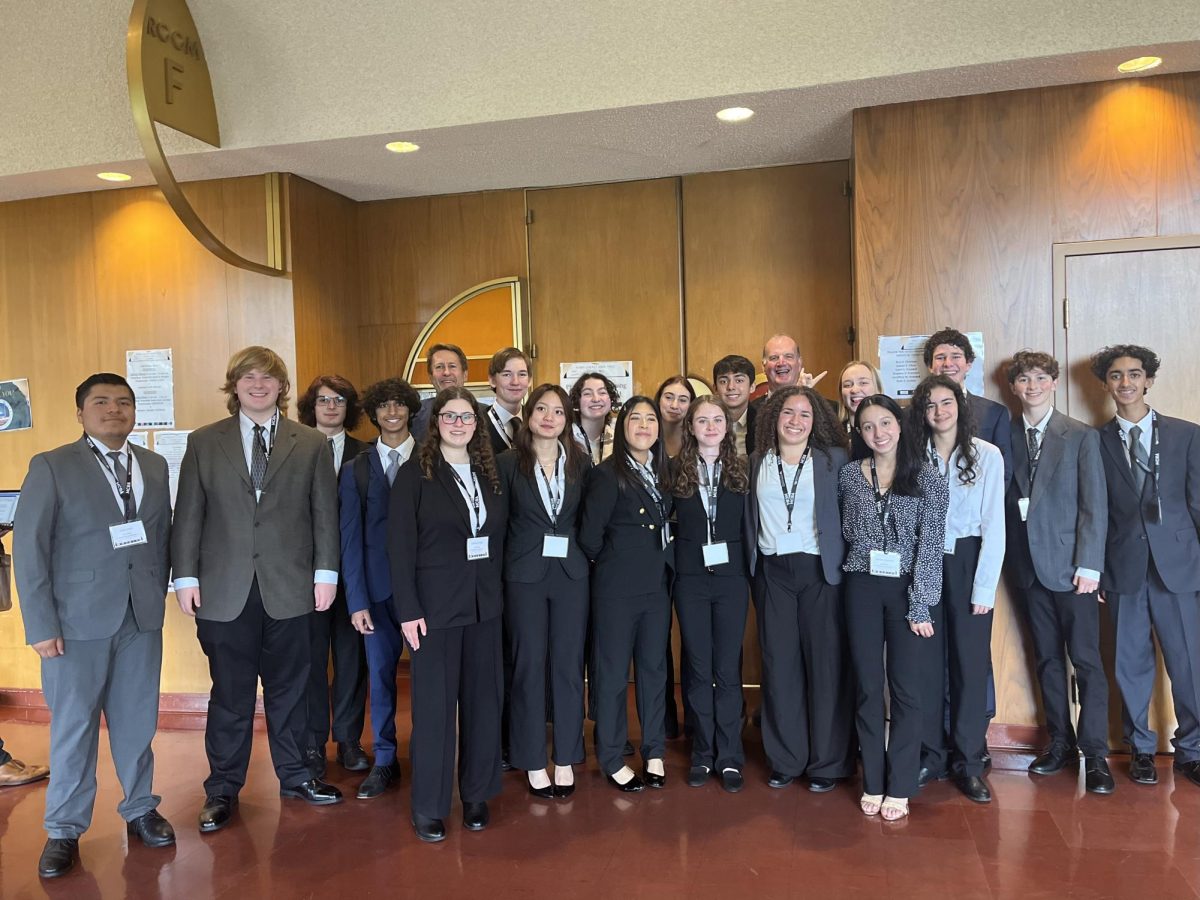
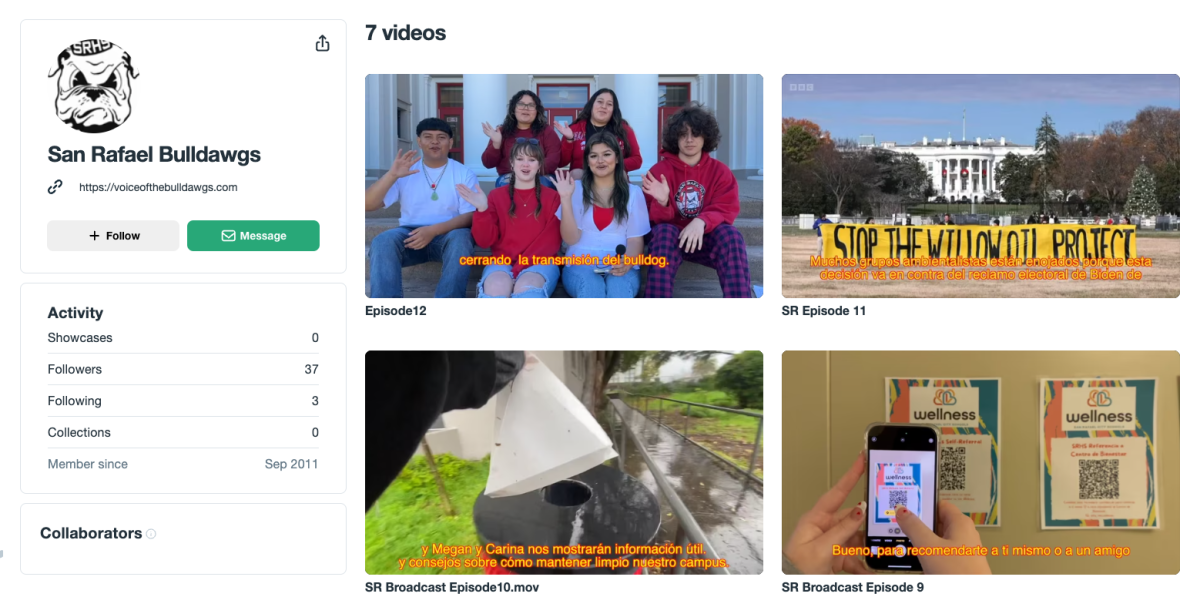
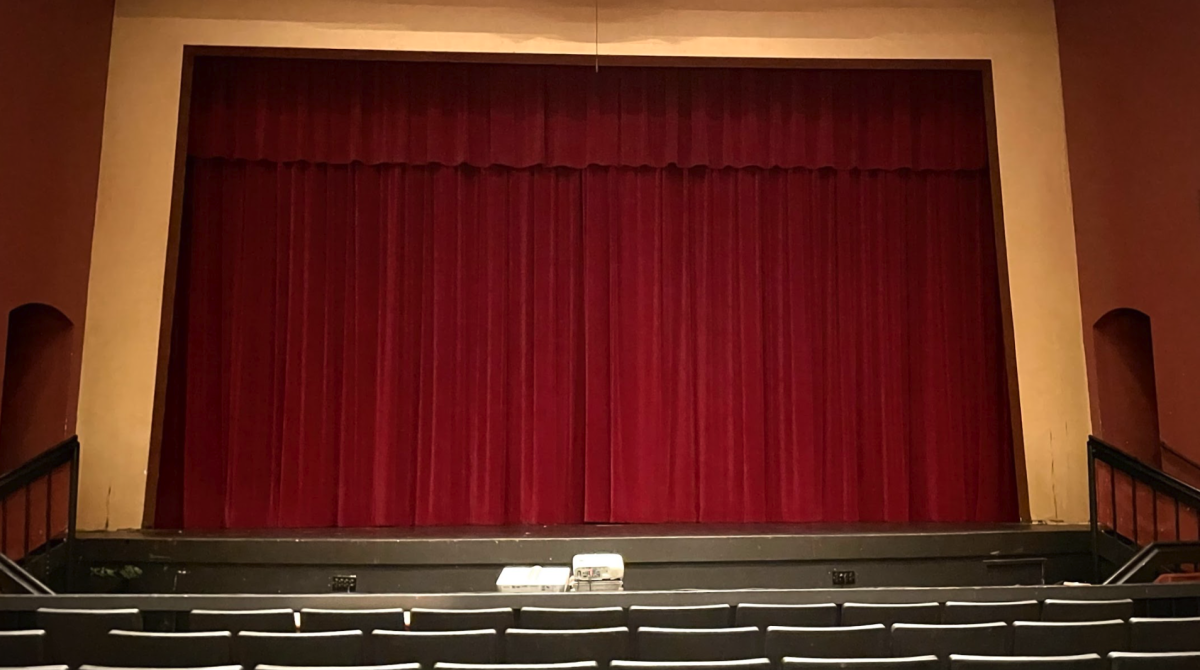
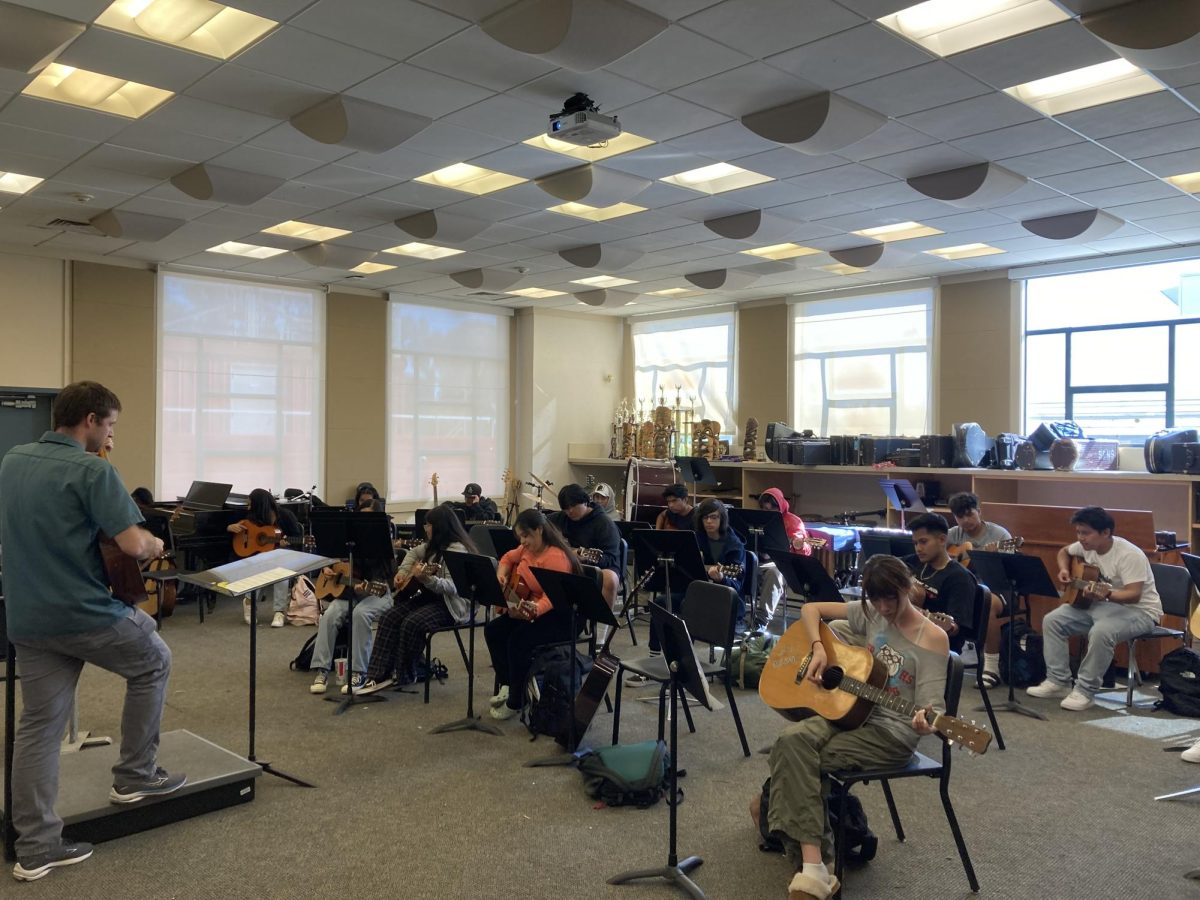




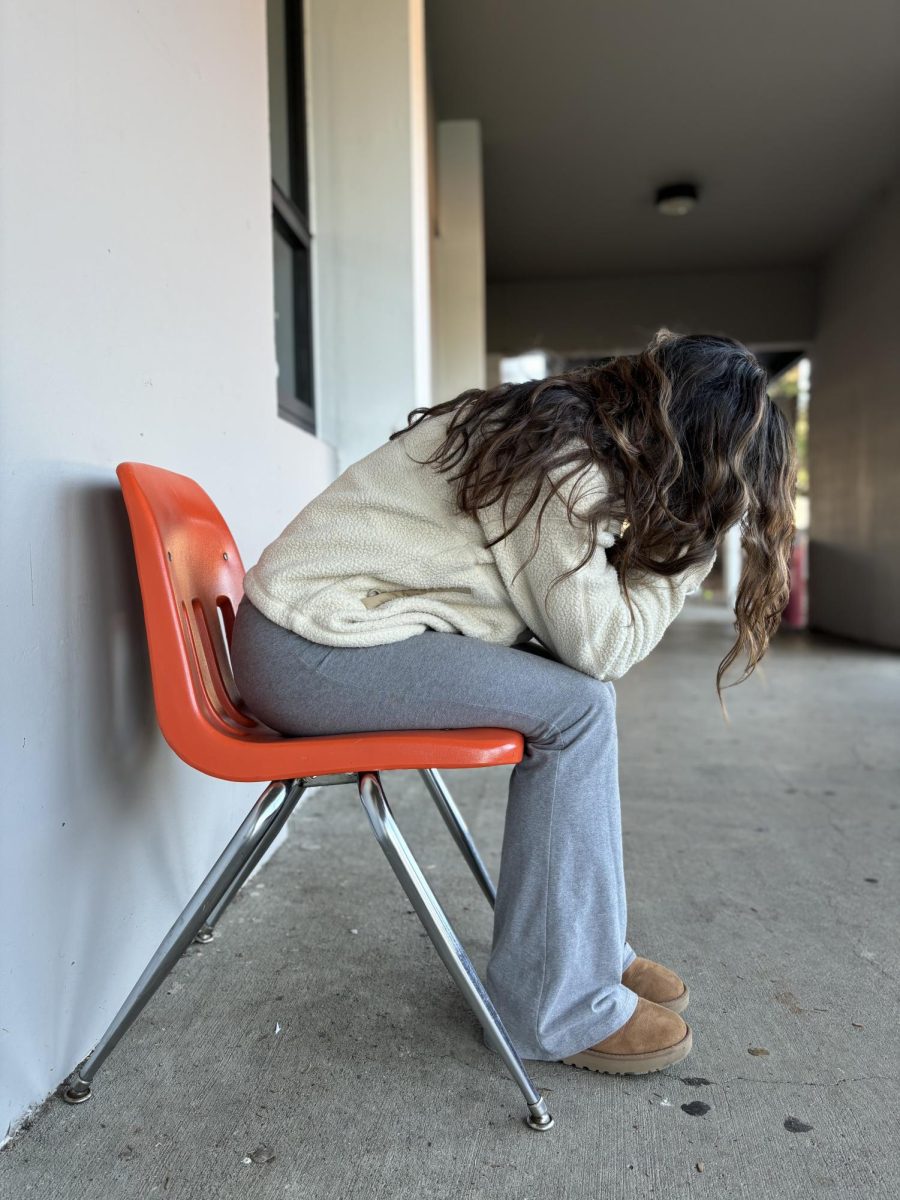



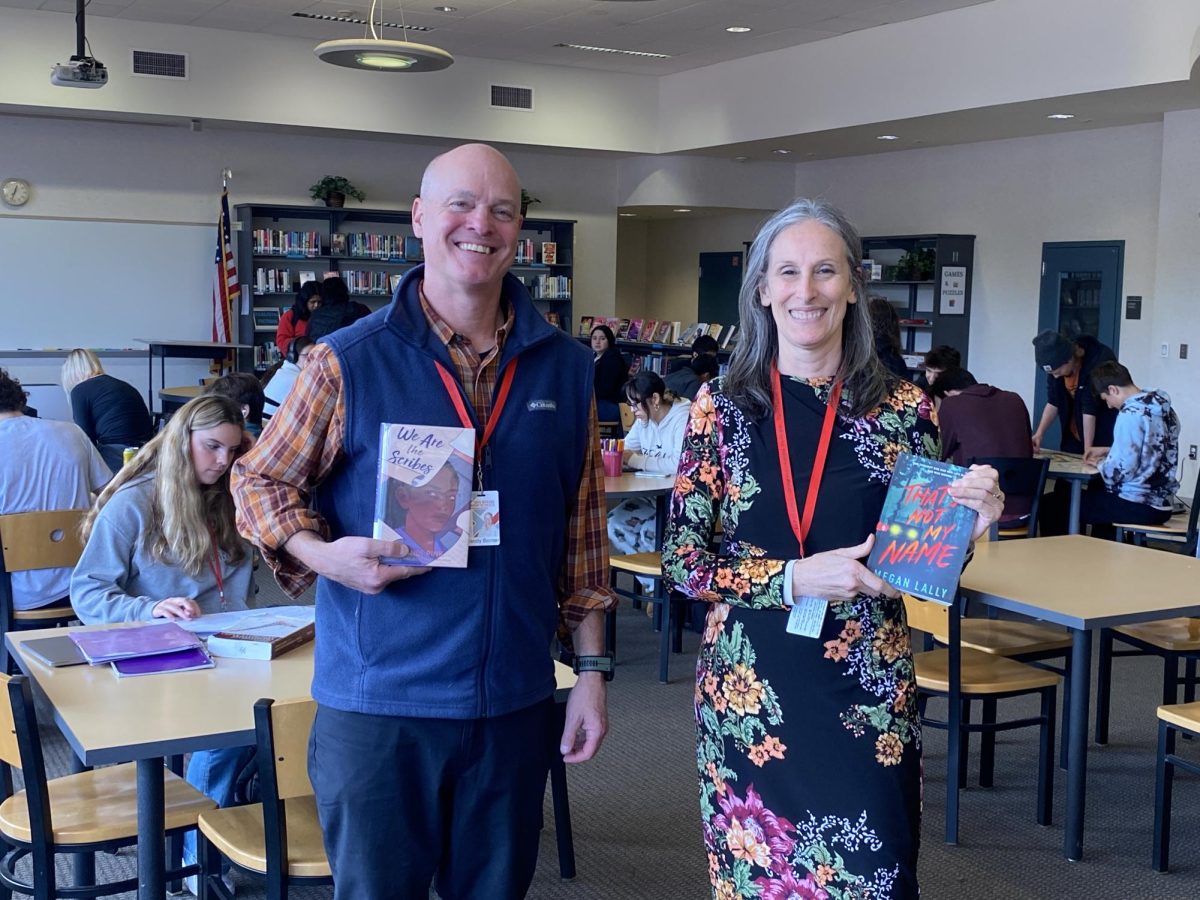


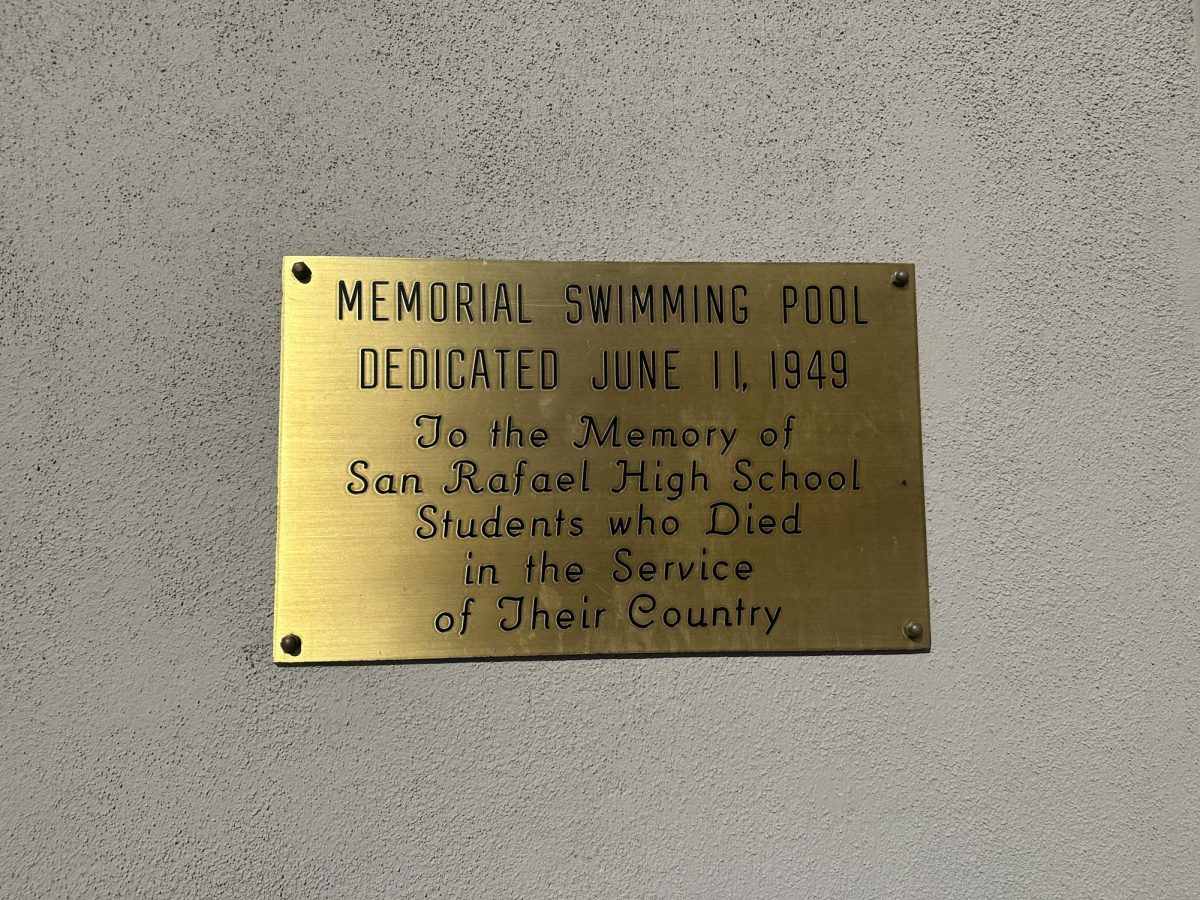
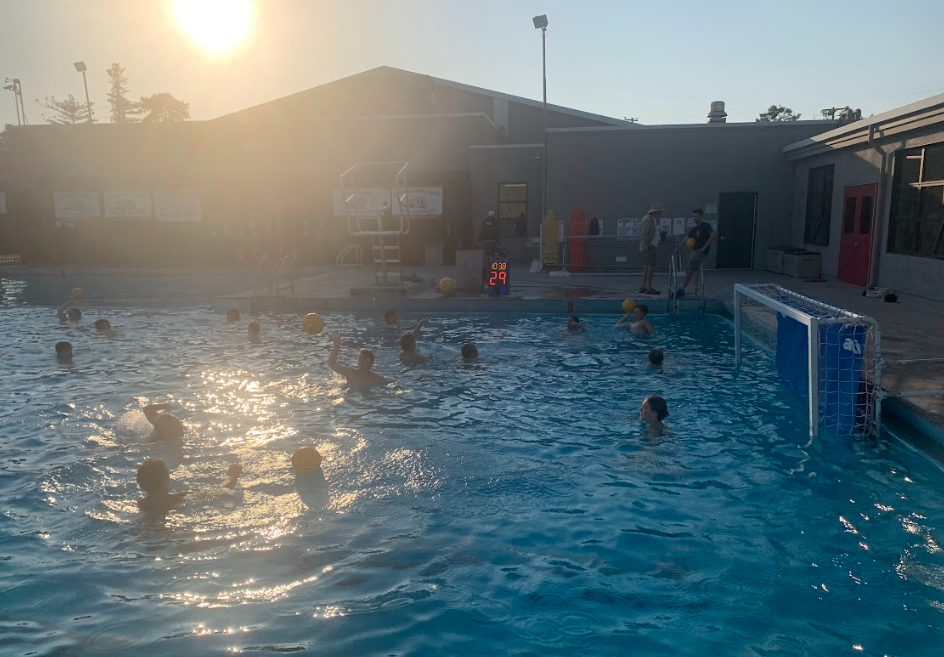

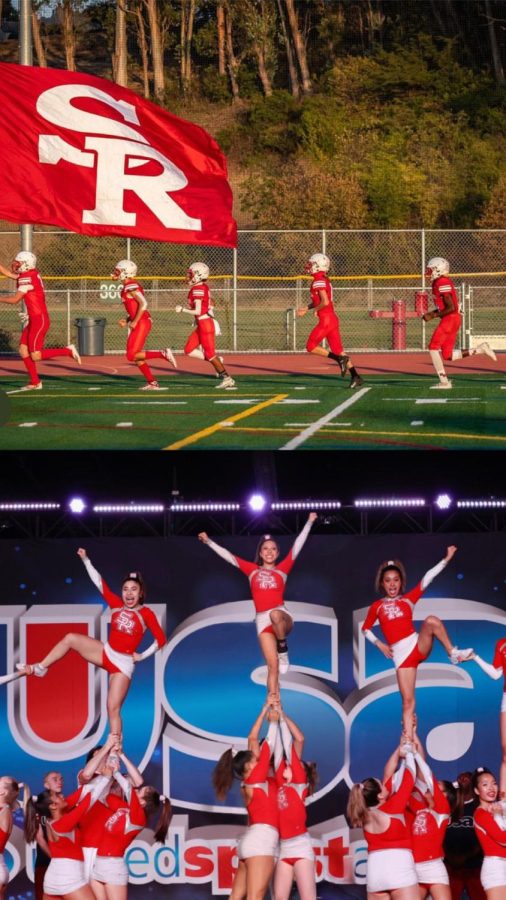

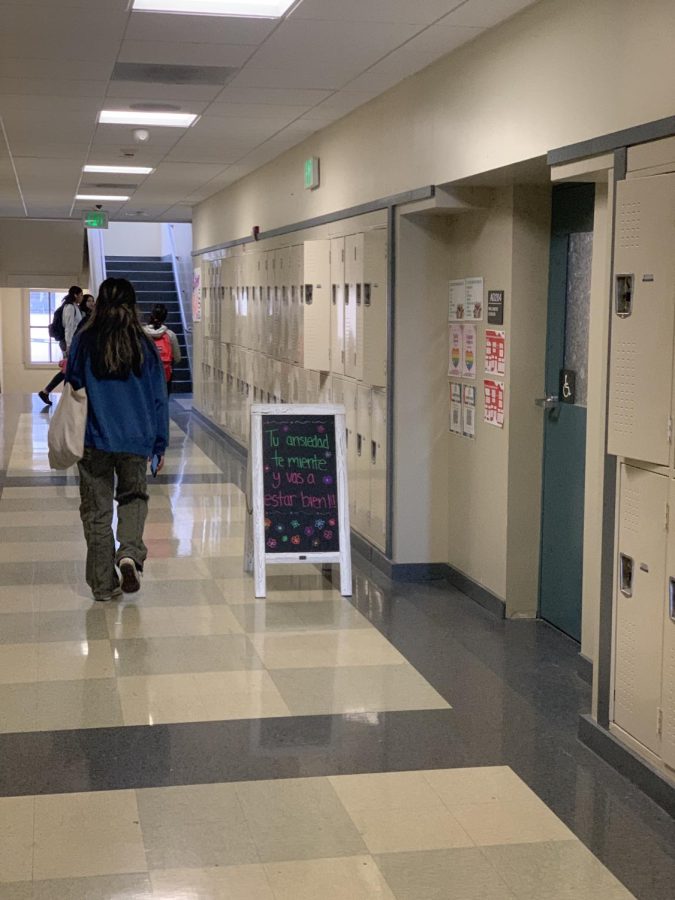
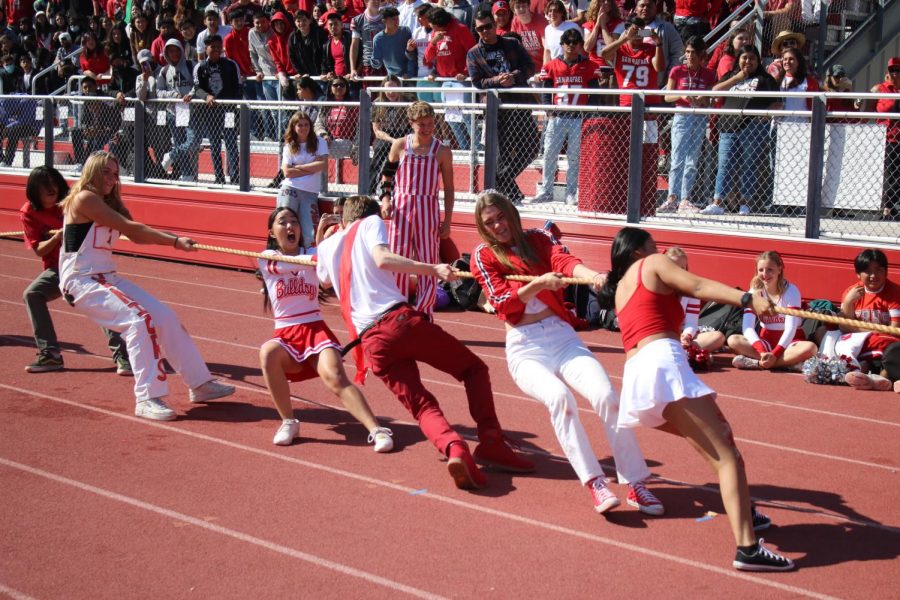

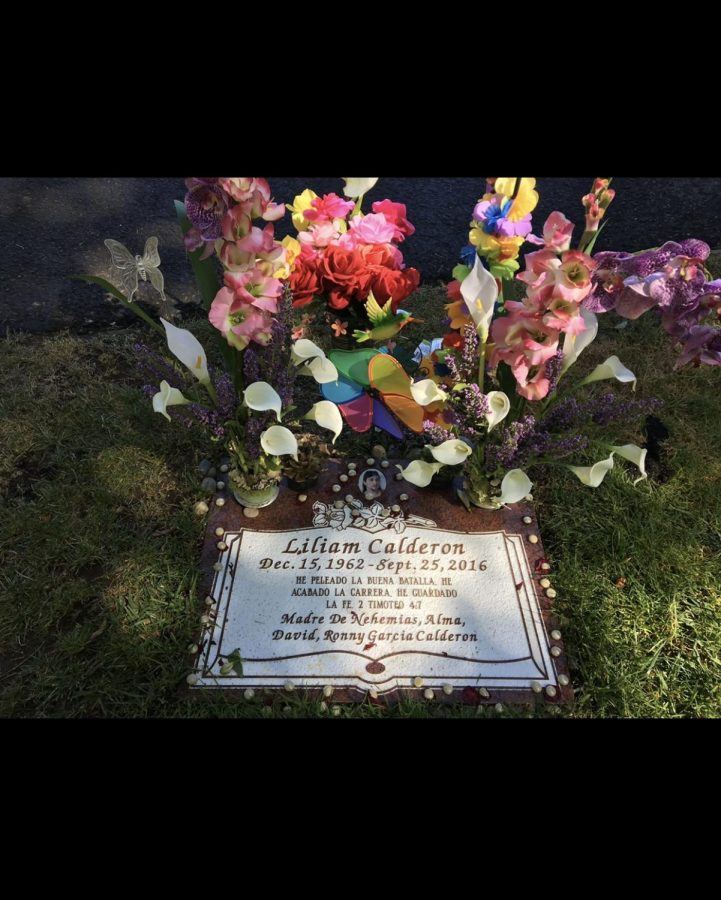
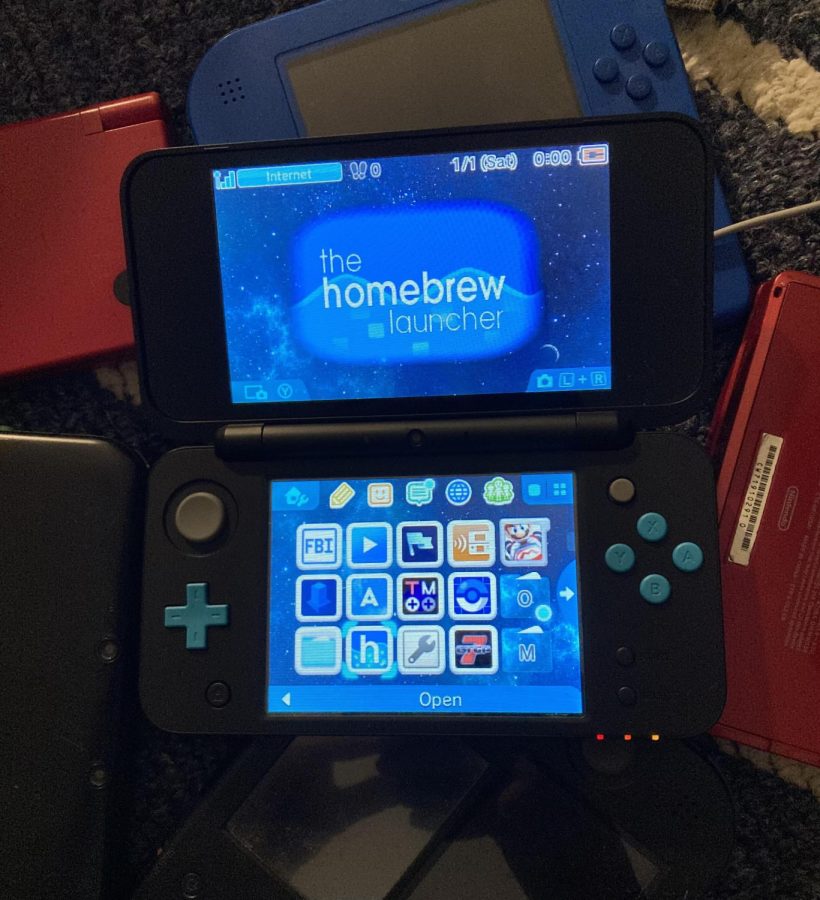

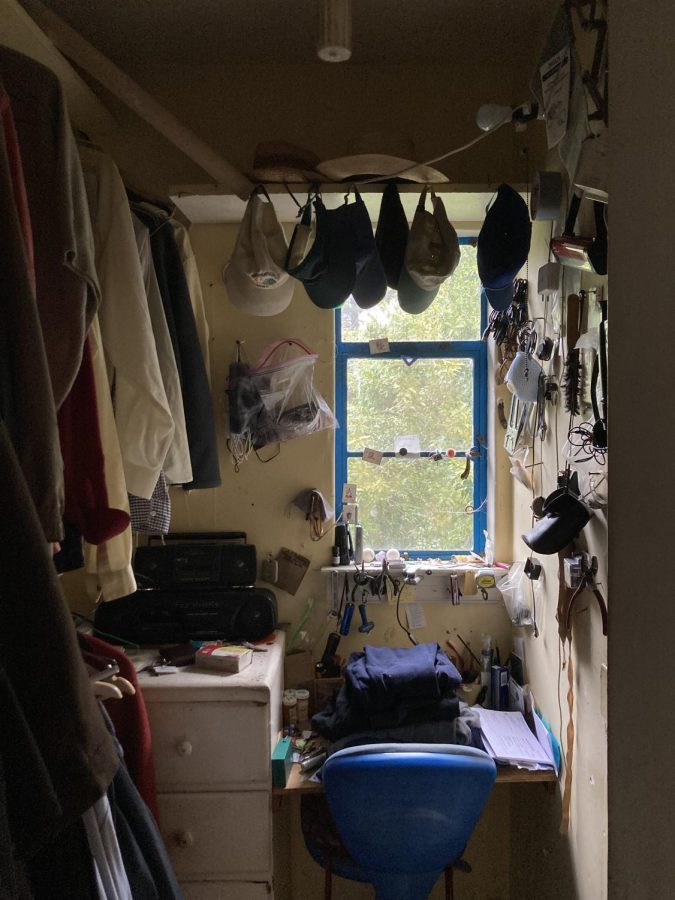




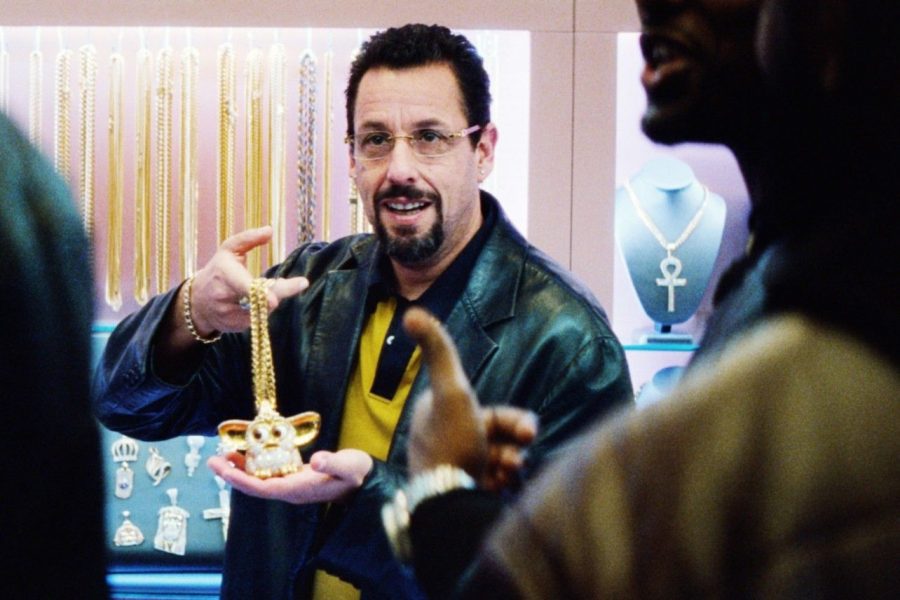

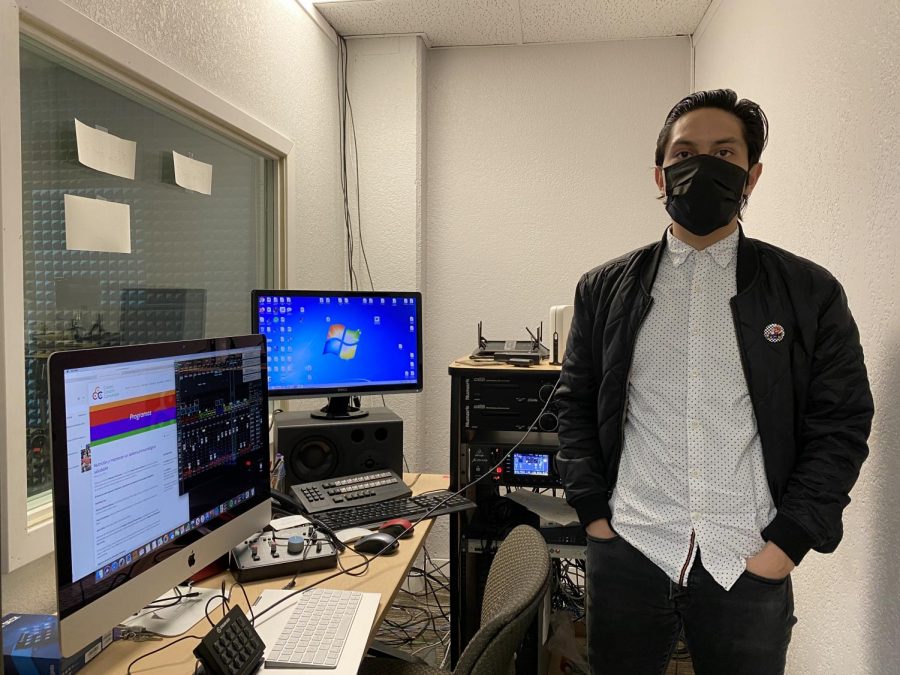

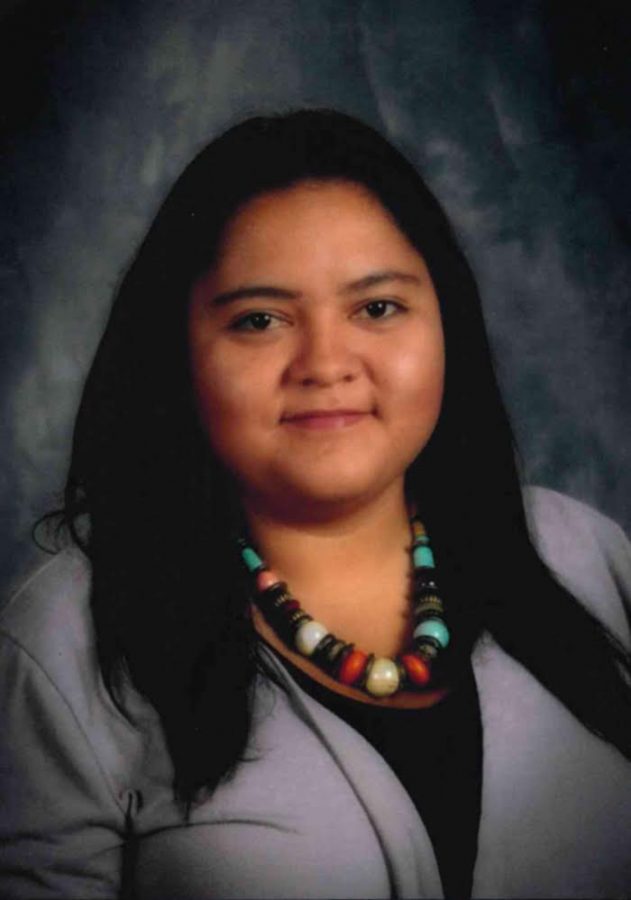
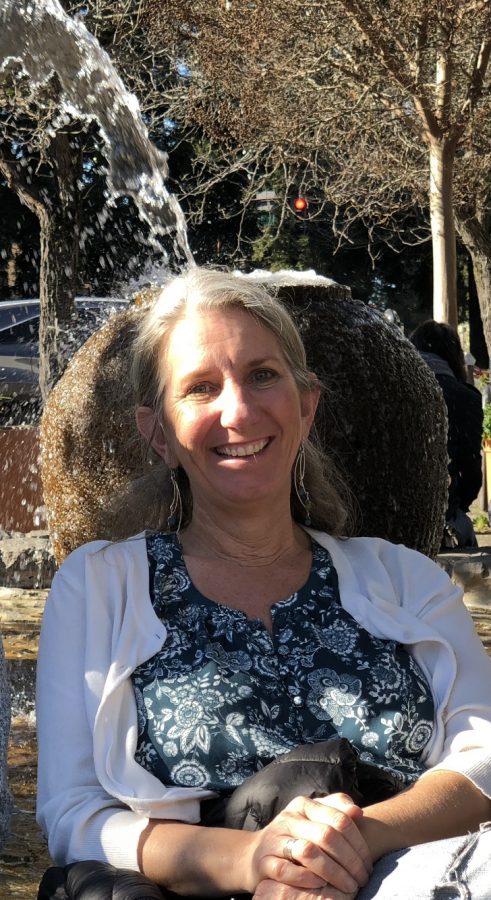
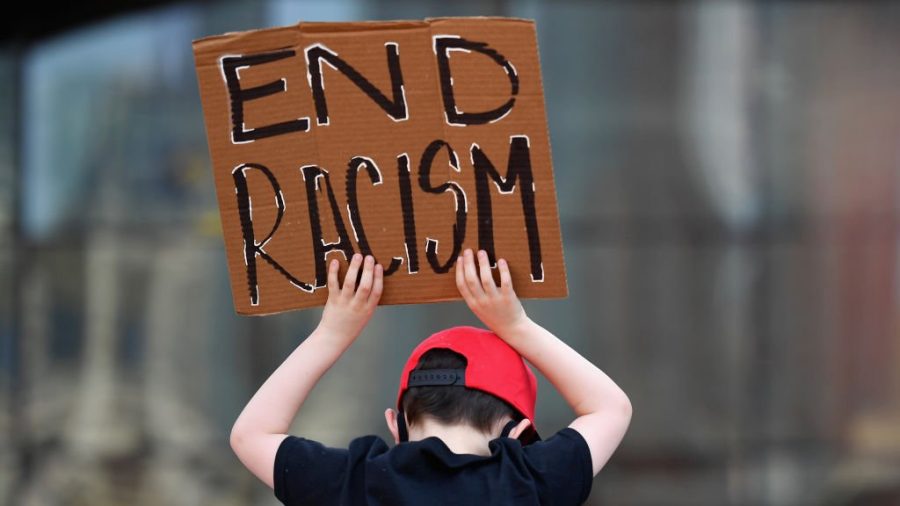
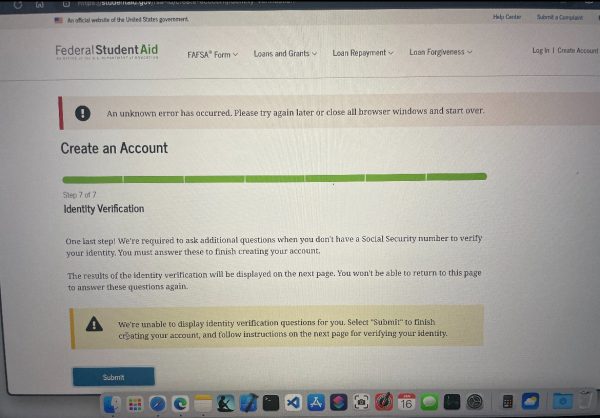


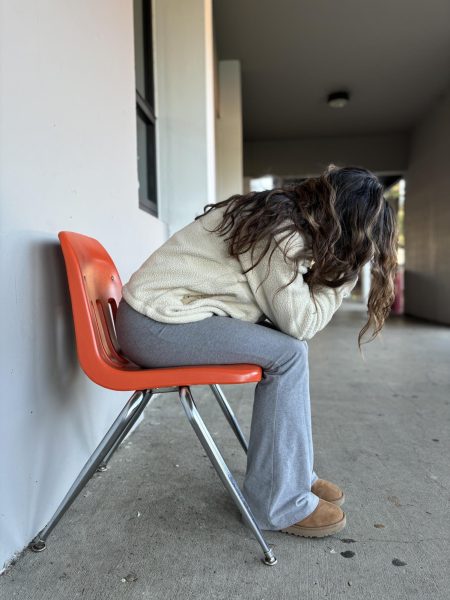

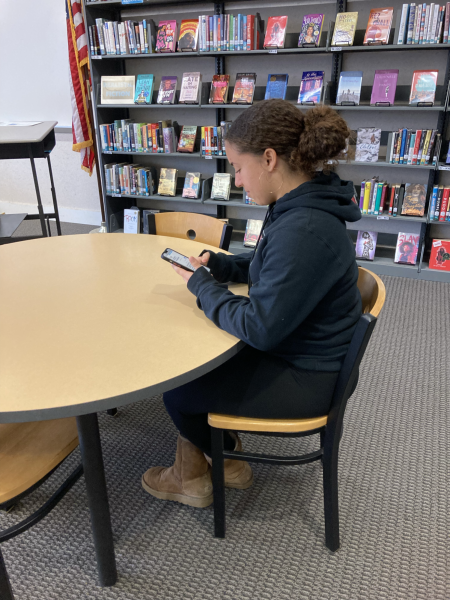

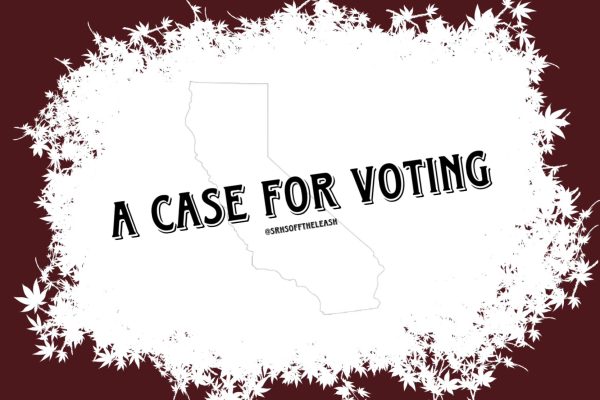


Bill Allan • Jan 7, 2022 at 8:44 am
Great article Mr. Baker. Good work.